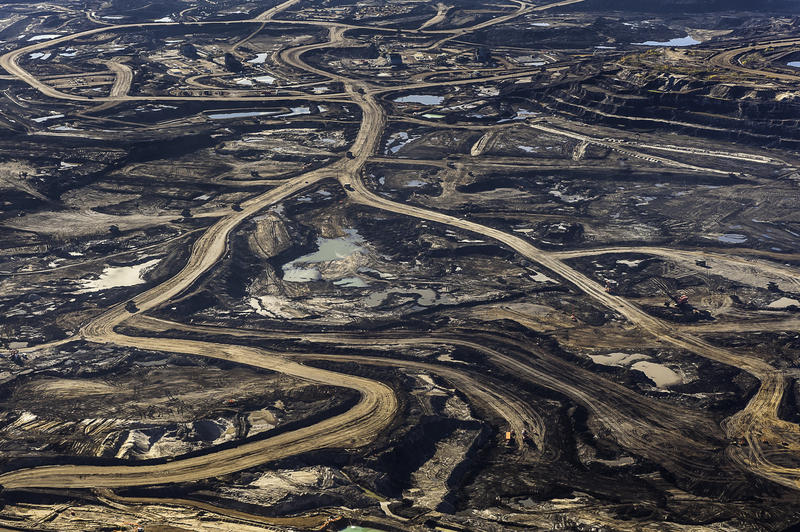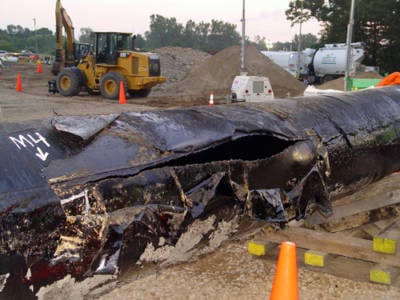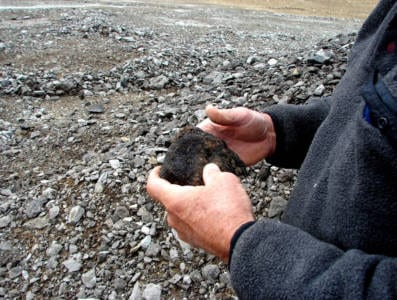Tar Sands:
The Dirtiest of Fossil Fuels

A tar sands mine in Alberta, Canada
Tar sands oil is the dirtiest of all fossil fuels.
Top climate scientist James Hansen has said that continued expansion of tar sands extraction means “game over for the climate.”
Were the existing Line 61 and a Line 61 “twin” (aka Line 66) to reach full capacity, 2.4 million barrels of tar sands oil would flow through Wisconsin each day. While the overseas oil markets would see the benefits, Wisconsin and other Midwestern states would take all the risks. Enbridge was responsible for more than 800 spills between 1999 and 2010, including the largest inland oil pipeline spill in U.S. history— the 2010 Kalamazoo River disaster.
As Kalamazoo made clear, tar sands spills are even more devastating than classic crude oil spills. Tar sands oil must be diluted with toxic chemicals to allow it to flow through a pipeline. With a spill, these chemicals evaporate, sickening people in surrounding areas. Meanwhile, the heavy tar sands oil sinks to the bottom of waterways, making cleanup nearly impossible and exceedingly expensive (for Kalamazoo, $1.2 billion and counting in cleanup costs, a $176 million settlement with the federal government, a $75 million settlement with the state of Michigan, and $5.4 million in reimbursement for federal costs).
To learn more about tar sands — the disaster that’s waiting to happen — read our primer, “Tar Sands: Why Should I Care?” Then watch this moving video of Joanna Macy’s flyover of the Athabasca oil sands of Alberta.


